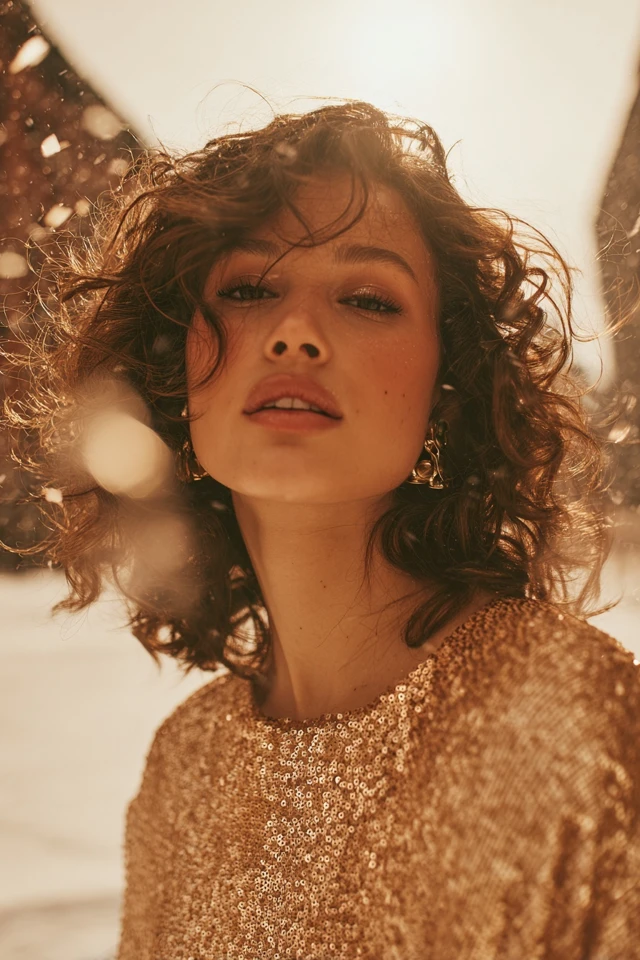Introduction
There’s a quiet moment every winter when I pause in front of my closet, holding a soft cashmere sweater in one hand and a pair of tailored trousers in the other. The chill in the air whispers for warmth, but also for refinement — a call to embrace a wardrobe that feels both elegant and effortless. Dressing in neutrals isn’t just about muted tones; it’s about weaving together pieces that speak softly yet confidently. That moment always reminds me how powerful neutral winter dressing can be, not only for comfort but as a carefully curated expression of identity.
My journey toward understanding neutral winter style deepened as I studied color psychology and fashion design. I realized that the subtle shades we wear influence how others perceive us and how we perceive ourselves. Neutral tones create a versatile canvas that allows personality to shine through layers and textures, rather than loud patterns or bright colors. This makes neutral dressing an invaluable tool for anyone seeking to project confidence, professionalism, or understated chic in any winter setting.
About the Author and My Trend Boutique
This guide explores why neutral colors are a timeless cornerstone in winter wardrobes while providing actionable, research-backed insights. Whether you’re refreshing your closet or refining your personal style, understanding color psychology, dressing for your body type, and integrating current trends with classics will enable you to build a winter edit that feels authentic and inspiring. Let’s begin by grounding ourselves in these foundational concepts.
Foundational Concepts
Color Psychology is the study of how colors affect human behavior and emotions, a discipline rooted in both scientific research and artistic intuition. Throughout history, different hues have been linked to specific moods or social cues — blue calms and conveys trust, gray signals neutrality and sophistication, while beige offers warmth and approachability. When applied to fashion, color psychology informs how wearing certain shades can boost your self-esteem and influence others’ perceptions.
For example, in professional environments, neutral tones such as navy, charcoal, and camel often convey reliability and professionalism, helping the wearer make a positive, lasting impression. Trend forecasting, meanwhile, relies on in-depth analysis of cultural shifts, fabric innovations, and runway interpretations to predict which styles and colors will dominate each season. As a fashion scholar, I’ve seen how neutrals consistently maintain a firm place in these predictions due to their adaptability and universal appeal.
Dressing to impress extends beyond superficial style choices; it encompasses a strategic approach to selecting clothing that harmonizes with your natural features, values, and environment. This mindset elevates everyday dressing into an empowering ritual. Neutral colors serve as the foundation here because they provide a reliable palette that can be enriched with textures, cuts, and accessories to amplify one’s unique presence without distraction.
Picture Gallery
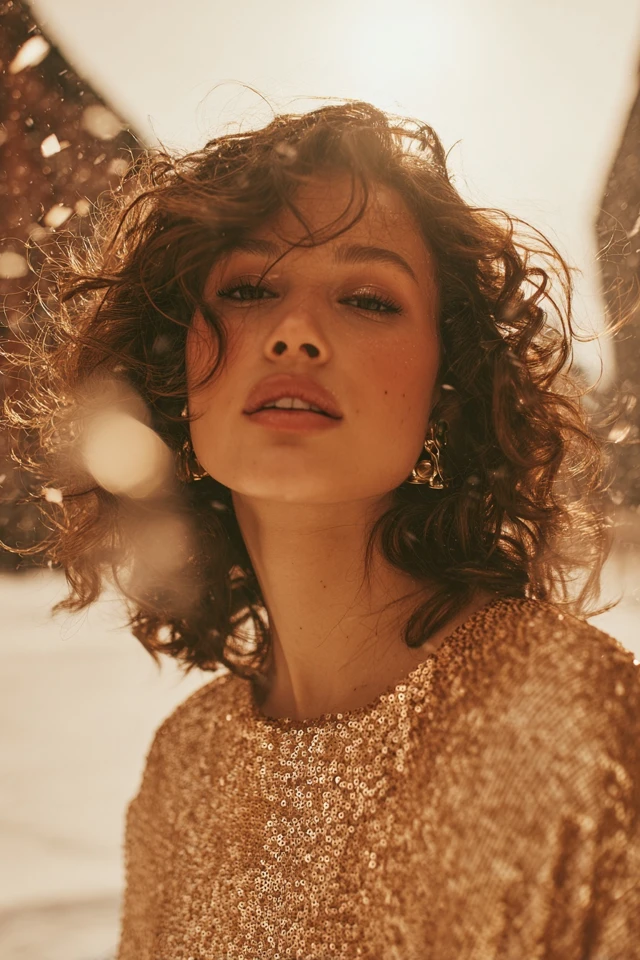
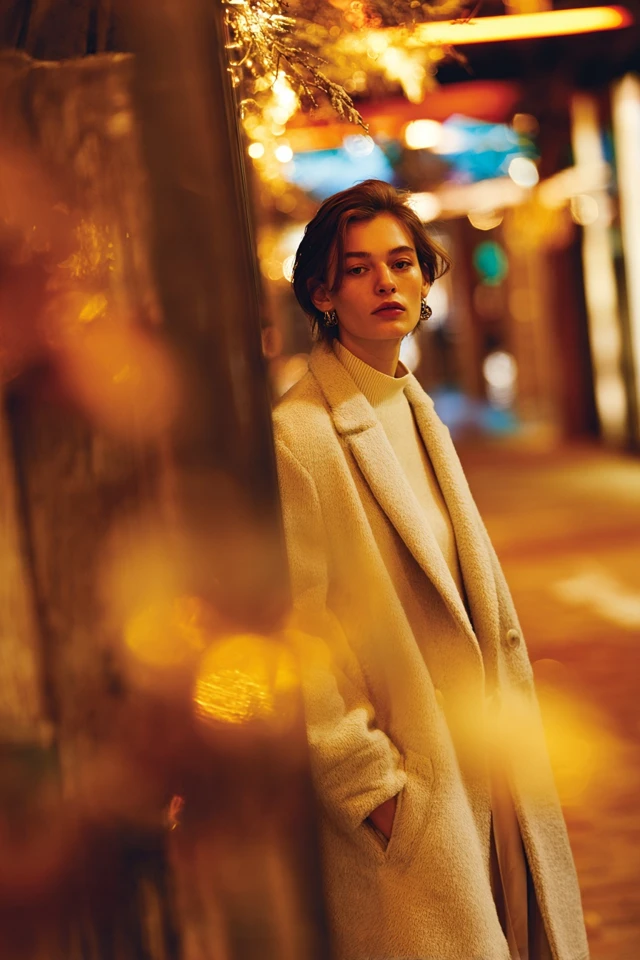
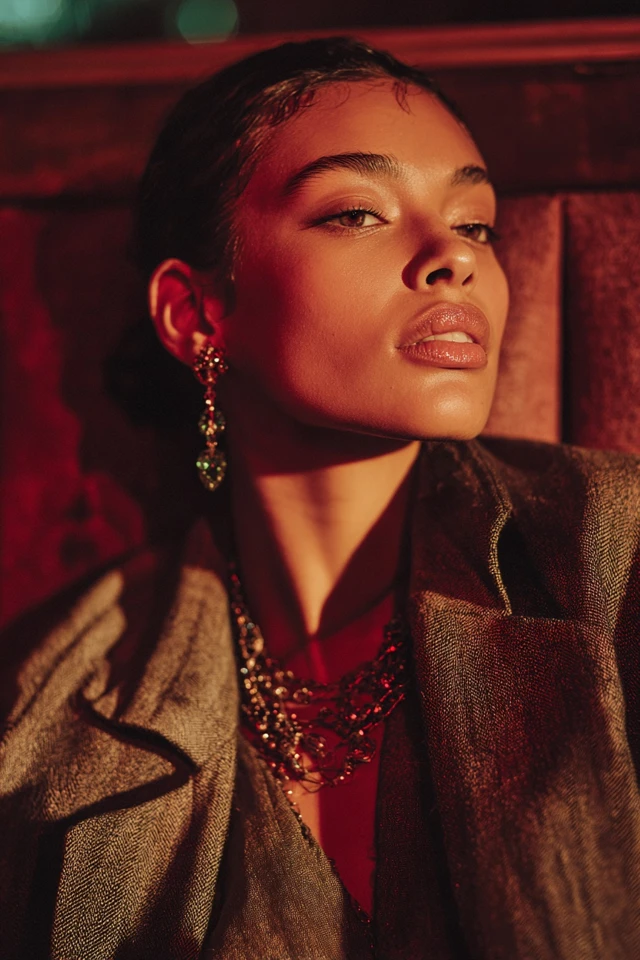
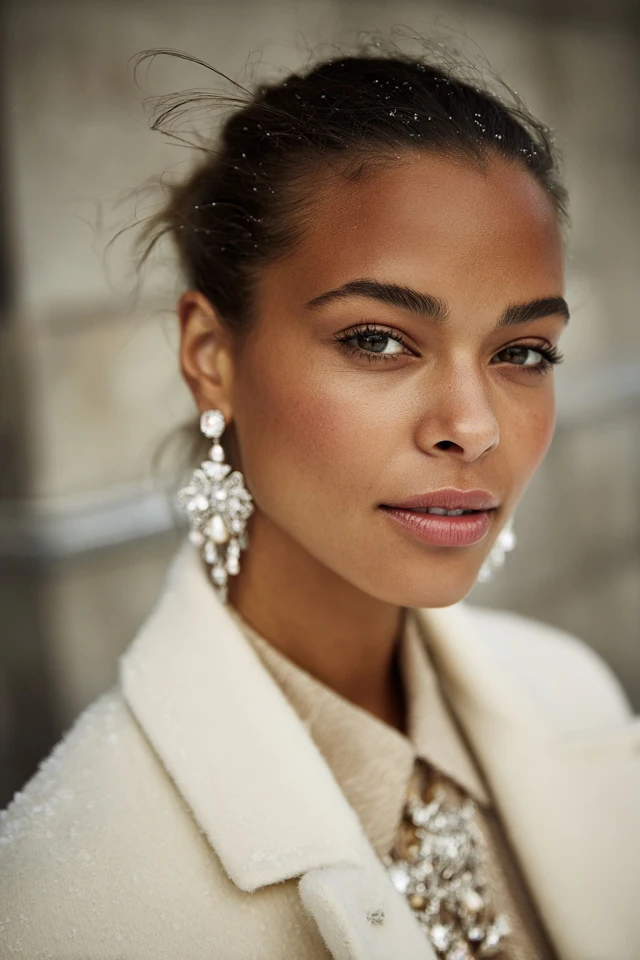
Color Psychology & Emotional Impact
Research in color psychology reveals how neutral tones subtly shape our mood and social interactions. Neutral colors like beige, ivory, taupe, and gray do not overstimulate the senses; rather, they evoke calmness, balance, and a sense of reliability. These qualities are crucial during winter months when shorter days and colder temperatures can naturally dampen spirits.
Scientific studies show that first impressions form within seconds, and color plays an immediate role in this judgment. Neutral winter colors project calm confidence and sophistication, which can enhance the wearer’s perceived competence and trustworthiness. For example, wearing a charcoal gray coat or a creamy ivory scarf can create an aura of refined confidence without appearing ostentatious.
The emotional impact of neutrals also connects to self-confidence internally. Wearing soft beige or warm taupe next to the skin often feels comforting and grounding. This tactile harmony boosts mood and encourages positive self-perception, allowing you to carry yourself with poise, even on the coldest days.
Personal Style & Body Type Considerations
Neutral colors provide an excellent starting point to tailor your winter style, but personal style and body type considerations ensure the look is flattering and true to you.
Silhouettes: For those with an hourglass shape, structured coats with cinched waists enhance natural curves, creating balance between warmth and flattering lines. Pear-shaped individuals might opt for A-line skirts and wide-legged trousers in neutral hues that elongate the silhouette. Rectangular or athletic builds benefit from layering textures in neutral tones, such as soft knits paired with tailored outerwear, to add dimension.
Fabrics: Consider tactile richness alongside color. Wool, cashmere, and alpaca create luxurious warmth and visual depth in neutral shades, while matte cotton and linen blends enable effortless casual layering. Mixing these textures within a neutral palette elevates the overall style and prevents monotony.
Hues: Even within neutrals, undertones matter. Cooler complexions often shine in smoky grays and icy taupes, whereas warmer skin tones glow in camel, creamy beige, and warm sand tones.
Winter Neutral Dressing Checklist
- Identify your undertone: Cool, warm, or neutral?
- Select winter fabrics: Wool, cashmere, alpaca for warmth and texture.
- Choose silhouettes that balance your body type: Tailored, cinched, or layered accordingly.
- Incorporate 3–5 neutral shades: Mix and match for versatility.
- Add subtle patterns or texture: Herringbone, ribbed knits, or subtle stripes for depth.
Current Trends & Timeless Classics
This season, the fashion world embraces a refreshed approach to neutrals. Trending colors in the neutral palette include soft mushroom grays, powdery beige, and creamy ivory shades. Designers pair these tones with rich textures like brushed suede and faux shearling to add tactile interest. Minimalist silhouettes and oversized layering pieces remain popular, reflecting a broader lifestyle shift toward comfort without compromising style.
Timeless classics like camel coats, charcoal tailored pants, and ivory cashmere sweaters continue to be wardrobe mainstays. The key is balancing these perennial pieces with trendy layers, such as an oversized neutral blazer or neutral-colored boots with architectural heels. This blend ensures your winter wardrobe feels fresh yet rooted in enduring style principles.
For inspiration, consider this example: pairing a classic camel wool coat with wide-legged gray trousers and a soft ivory turtleneck creates a look that’s both current and timeless. Add subtle gold jewelry to complement the warm neutrals, and you have a polished outfit suitable for both work and social occasions.
Practical Tips & Recommendations
- Shop Smart: Invest in high-quality staple pieces such as a neutral wool coat, cashmere sweaters, and tailored trousers. These form the base of your winter edit and can be mixed with trendier items seasonally.
- Maintain Your Wardrobe: Proper care extends the life of your neutrals. Use fabric shavers for sweaters, professional dry cleaning for delicate coats, and always follow care labels to preserve color integrity.
- Layering Techniques: Layer different textures within your neutral color palette to create visual interest and warmth — a ribbed knit under a wool blazer, for example.
- Accessorize Thoughtfully: Opt for accessories in matching or complementary neutrals like beige leather gloves, ivory scarves, or taupe hats. These subtle additions elevate your ensemble without overwhelming.
- Color Combinations to Try:
- Soft beige with charcoal gray for balanced contrast.
- Warm camel combined with icy white for a crisp winter look.
- Taupe and muted blush for understated femininity.
FAQs
- Q: How can I find my signature neutral color?
- A: Begin by identifying your skin undertone—cool, warm, or neutral—and then experiment with shades in that spectrum. Pay attention to which neutrals make your complexion glow and boost your confidence.
- Q: Can I update my neutral wardrobe on a budget?
- A: Absolutely. Focus on key investment pieces like a quality coat and versatile sweaters, then complement with affordable accessories and layering pieces. Thrift shops and seasonal sales can also be treasure troves for neutral classics.
- Q: What makes a capsule wardrobe effective for winter?
- A: A winter capsule wardrobe consists of versatile neutrals in a limited number of quality pieces that mix and match easily. Prioritize layering options and textures to keep your outfits fresh and functional.
- Q: How do I incorporate trends without losing the timeless feel?
- A: Use trend colors or silhouettes in smaller pieces—like scarves, hats, or contemporary knitwear—that complement your staple neutrals. This keeps your overall style cohesive yet current.
- Q: What accessories enhance a neutral winter palette?
- A: Accessories in complementary neutrals such as beige leather boots, ivory gloves, and taupe handbags add polish. Incorporate subtle metallic jewelry in gold or rose gold to warm up the look.
Conclusion
Mastering a neutral winter edit is more than just refining your aesthetic—it’s about creating a versatile wardrobe that supports your confidence and personal narrative. By understanding color psychology, dressing thoughtfully for your body type, and balancing current trends with timeless classics, you open the door to endless stylish possibilities. Embrace the textures, hues, and layering techniques discussed here to curate looks that feel authentic and empowering every winter season.
I encourage you to experiment boldly within these neutral tones. The beauty of a minimalist palette lies in its adaptability and your unique way of wearing it. Please share your favorite neutral winter looks in the comments below, subscribe for more insightful style guides, and join the conversation as we continue exploring how fashion shapes who we are.

